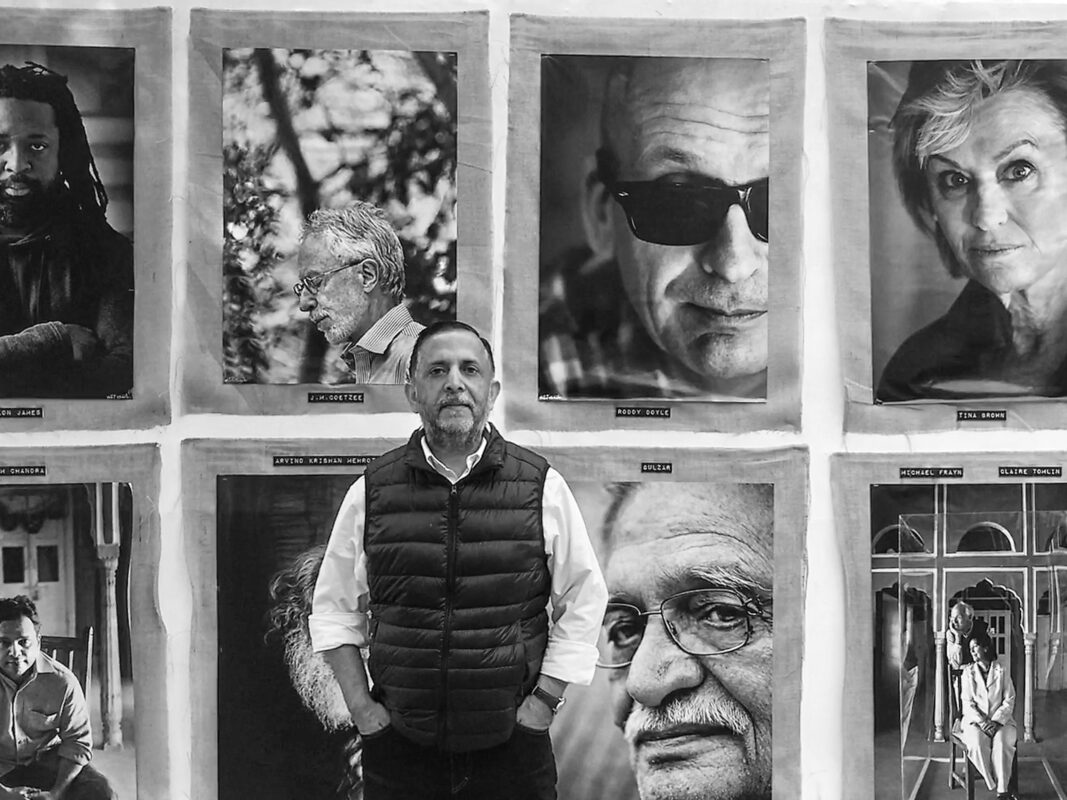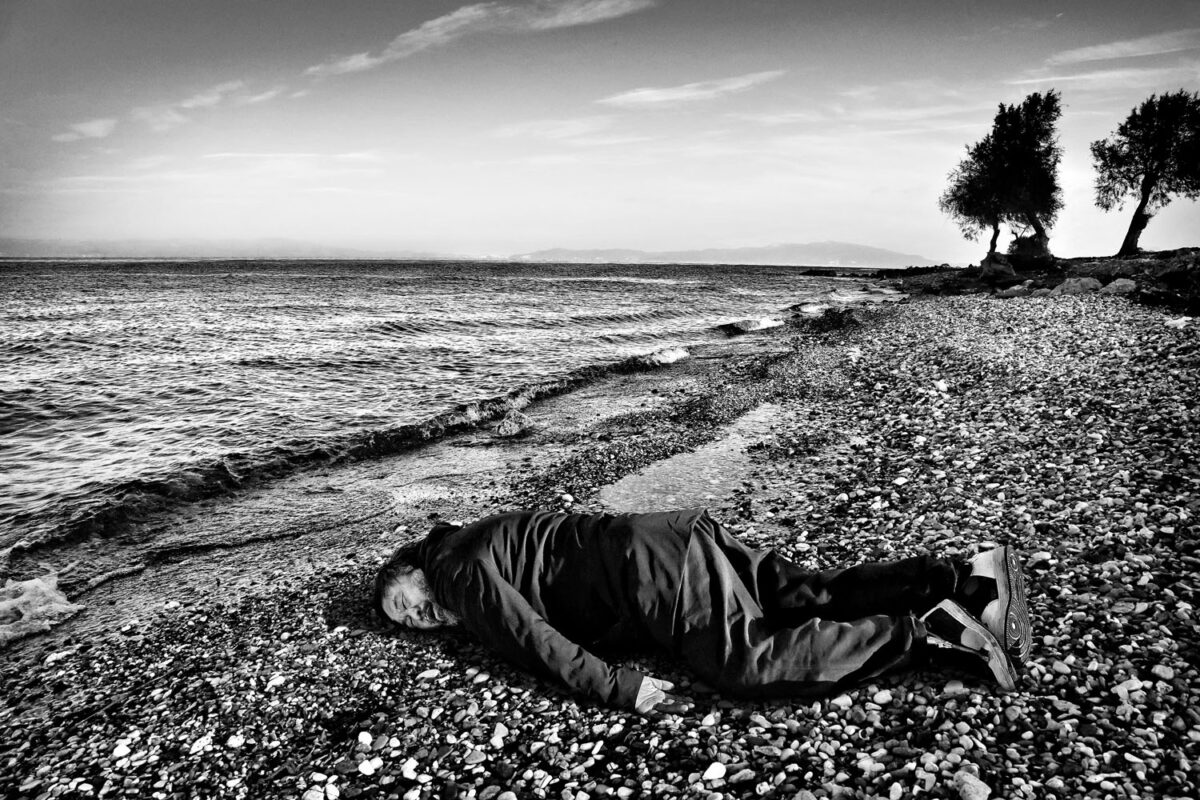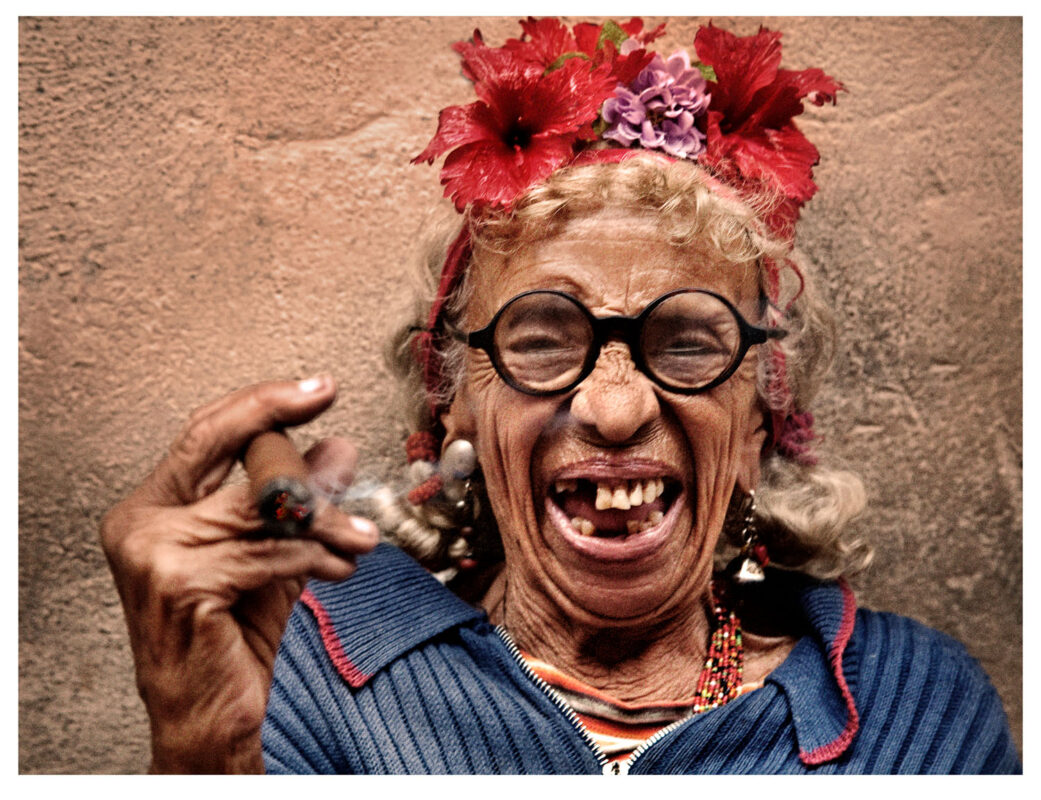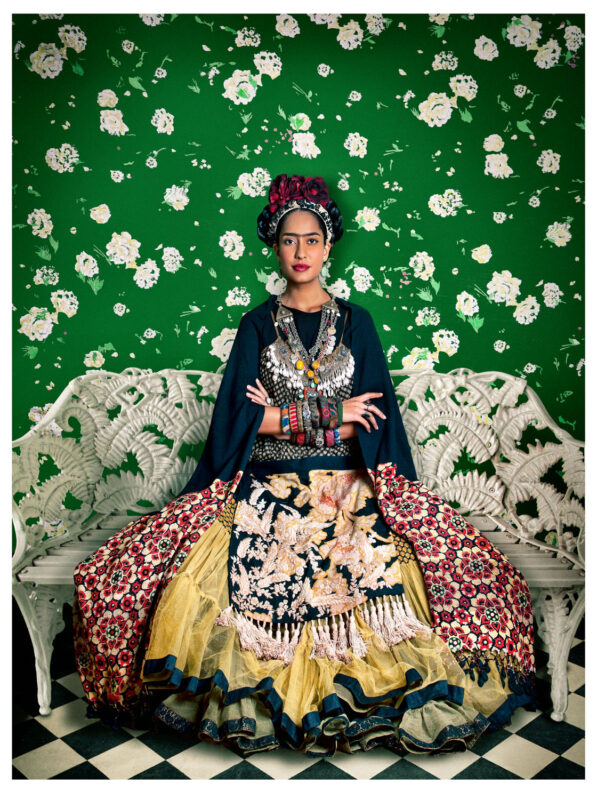Art, Photography
Drawn to true stories

Rohit Chawla’s subjects have ranged from fashion to food but it is in journalistic photography that he has found his niche

What inspires you?
RC: I draw my inspiration from nature and architecture. If I weren’t a photographer, I would have been an architect. The interplay of space and form in a graphic idiom is the leitmotif of my craft. Architects like Charles Correa and Frank Gehry and the poetry of straight lines is all the inspiration I need. Getting to travel is singularly the biggest joy of my profession and something that I, unfortunately, might have to postpone in the near future. I was supposed to be in Bolivia on assignment in June but am happily sustaining myself by the sea in Goa for now.

Which has been some of your most memorable projects?
RC: Certain images do seem special – the conceptual cover with Vikram Seth, Ai Weiwei at Lesbos, artist in-studio photo sculptures, and out of the box series with authors. My favourite recent assignment was the 2019 cricket World Cup since I am a cricket fanatic – there’s nothing like the joy of capturing a special moment from the playing grounds. Since people and portraits are my drugs of choice, the backstories behind the pictures are my best-kept secrets. Because every portrait hides a story too.

Does analog photography have a place in today’s world?
RC: Analog photography is an oxymoron now. It’s like insisting you like speaking on the historic black landline phone because you like the romance of glitches and cross-connections. Gallerists and a few incestuous curators are constantly trying to create additional value and cinematic lore for some old-time photographers in a bid to create value for their collectors. But, like the HD quality, we have willingly embraced in our viewing patterns, analogue is simply a romantic illusion – more so for those who can’t compete in a digital ecosystem.


